|
Pierre-Auguste Renoir, "The Umbrellas," c.1881-86; © The National Gallery, London. Renoir's The Umbrellas at the National Gallery, London; Artnet, September 2019. This is a very popular Renoir, and hundreds of reproductions are available, many with the types of altered coloring seen in the images below. The first example has changed the blues, given the faces a slightly flushed look, turned the clouds pink, and obscured some of the detail. The second one has also misrepresented the blue tones, and the faces and clouds have gone a bit green. There's also a lot of blotchiness in places where there should be detail. Luckily, a first-hand photo is easily available at the National Gallery's website, and provides an excellent digital copy of the original. Altered version of a painting by Auguste Renoir. Altered version of a painting by Auguste Renoir.
0 Comments
Piet Mondriaan (Mondrian), Arum Lilies, 1910; Kunstmuseum den Haag. The artwork below is obviously a modern reproduction that has randomly changed all the colors in this famous Mondriaan, one of the artist's popular depictions of arum lilies (aäronskelken). A first-hand photo is easily available at the museum's website, yet the purple-tinted version is seen frequently — in fact, more often than the original. There doesn't really appear to be a reason for the revisions, so it's unclear why the changes were made. It would have been just as easy to duplicate the authentic coloring. Altered version of a painting by Piet Mondriaan. Henri Matisse, Black Philodendron and Lemons, 1943; © Succession H. Matisse / BONO, Oslo; photo © Øystein Thorvaldsen / Henie Onstad Kunstsenter (HOK), Norway. The original of Matisse's Philodendron Noir et Citrons isn't seen often, so the reproduction below is the most well-known version. Unfortunately, a quick comparison shows that the coloring has been changed, and there's a newly imposed yellowish glare, more intense than in the genuine painting. The image above comes from a 2015 exhibition at the HOK in Norway, where the public had a rare opportunity to view the work in person. The show was titled "In Search of Matisse," and, among other things, examined the history of looted art and artifacts, spotlighting another Matisse painting that had recently been the subject of a highly publicized controversy. Based on the museum's press information about the exhibit, it doesn't appear that Citrons was one of the seized paintings. Most likely the piece simply provided additional perspective on Matisse and his work. Altered version of a painting by Henri Matisse. Jean-Marc Nattier, "Anne-Henriette of France, Known as Madame Henriette, Playing the Bass Viol, 1754; Chateau de Versailles. Traditional paintings from previous centuries are difficult to duplicate, due to the extensive and painstaking detail involved. Realism was very important to these artists, so their originals usually look very natural in terms of flesh tones, scenery, sky, clouds, interior woodwork, clothing, and so forth. If a person's skin doesn't seem life-like, or if other colors appear heightened or flattened out (all one color), the image is probably either a poor modern copy or a highly processed digital photo, as shown in the commonly shared image below. Note that the revised version also is missing some of the painting at the top and right side. The photo above is from the website of the Palace of Versailles, where Nattier's Madame Henriette is located. Altered detail of a painting by Jean-Marc Nattier. Gino Severini, "Dancer = Propeller = Sea," 1915; © Artists Rights Society (ARS), New York; The Metropolitan Museum of Art, New York. The Met points out that this Severini painting, completed just after the artist produced his manifesto, Plastic Analogies of Dynamism, is in the rare form of a diamond, "the only example [of this shape] in Severini's oeuvre." The photo of the painting on display is from a video created by a museum visitor in 2017. Oddly, many copies have been circulating with the image mistakenly rotated to make a standard rectangle, as seen below. The museum adds some background information: Like other artists associated with Italian Futurism, Severini was fascinated by the interactions of movement and matter and the dynamic speeds of the modern world. In his manifesto [...] he describes the sensory and visual "analogies" that resonate across seemingly unrelated objects, from a dancing girl to a rushing express train to abstract forms. Wrongly presented version of a diamond-shaped painting by Gino Severini. Some copies of Propeller have also stated, in error, that the painting was formerly called "Sea = Dancer." In fact,"Sea = Dancer" is an entirely different work, created a year earlier, in 1914. The painting is currently located at the Guggenheim. Gino Severini, "Sea = Dancer," 1914; Solomon R. Guggenheim Museum. Édouard Manet, Still Life With Brioche, 1880; Carnegie Museum of Art. There's only a small difference between the original (above) and the updated version of Manet's Nature morte à la brioche, but even so, notice the yellowing in the copy. Excessive editing has dulled the pink rose, altered the coloring of various other elements, and obscured a lot of the detail. A more accurate, first-hand photo is easily available at the museum's website. Altered version of a painting by Edouard Manet. Giovanni Boldini, Crossing the Street, 1873/1875; The Clark Art Institute. This painting by Giovanni Boldini is beautifully detailed, with rich coloring, natural flesh tones and a true sense of depth, space, and the dynamic flow of real life. You can almost smell those flowers. The sketchy, blue-tinted version below — possibly an over-processed photo — has a thin, weak and blotchy appearance that fails to reach the heights of the original. Even so, it's seen frequently as a substitute for the genuine painting. The museum notes that the authentic work was dated twice by the artist, possibly indicating that he finished or reworked it two years after he began. Altered version of a painting by Giovanni Boldini. Man Ray, Symphony Orchestra, 1916; Albright-Knox Gallery, New York. The clear and accurate photo above, from the museum where this Man Ray painting is located, is easily accessible, yet the color-altered version below is seen frequently as a substitute. For example, there's a lot of added red that's turned the white areas pink and many brown areas reddish-orange. And there are other color changes throughout. These manipulations have skewed the work's overall appearance, for the most part by introducing hues that weren't intended by the artist himself. It's likely that this is a low-resolution photo of a modern reproduction, with some extra digital editing. Altered version of a painting by Man Ray. Ernst Ludwig Kirchner, Group of Artists (Painters of the Brücke), 1926; Ludwig Museum, Cologne. Photo: © Rheinisches Bildarchiv Köln. There's quite a difference in color tone between the authentic photo of this Kirchner painting and the altered version below, probably a modern reproduction. It looks as though someone has added a large dose of red to the palette, causing the faces to appear flushed, and everything else to become purple. Note the bright white newspaper, which has turned pink in the reproduction. Another clue: the central figure's outfit, which is green in the real-world painting, purple in the contemporary update. The photo above comes from Museum Ludwig's online catalog. Altered version of a painting by Ernst Ludwig Kirchner. Pierre-Auguste Renoir, Spring Bouquet, 1866; Harvard Art Museums/Fogg Museum. This is the famous and stunning still life by Renoir, shown above in an excellent photo from the museum where it's located. Sadly, thousands of revised modern copies and photos have been circulating online for years, rarely indicating that they aren't faithful to Renoir's original. Most of the modern versions, like the popular one below, add new colors, remove the subtleties of the original, and ignore much of the gorgeous, Dutch-inspired detail seen in the authentic work. The museum adds an informative note about Spring Bouquet: For many French artists during the 1860s, the floral still life persisted as a test of pure painterly ability. This exuberant bouquet [...] attests to the artist's engagement with past art historical traditions. He addresses the ennobled Dutch practice of still life through the large scale of his canvas, while his attention to the textures and colors of the arrangement evokes the work of early eighteenth-century French painters like Antoine Watteau and François Boucher. Altered version of a painting by Pierre-Auguste Renoir. |
REAL or REPRO?
A well-researched art resource that can help you find accurate images and spot altered copies. 100+ listings and growing daily. Browse at random, or search for something specific. Special requests are welcome.
Categories
All
Archives
January 2021
Disclaimer: This blog is intended for entertainment purposes only. Although every effort has been made to verify the accuracy of the information provided, the material included here should in no way be considered the final authority on any issues discussed in the text.
|

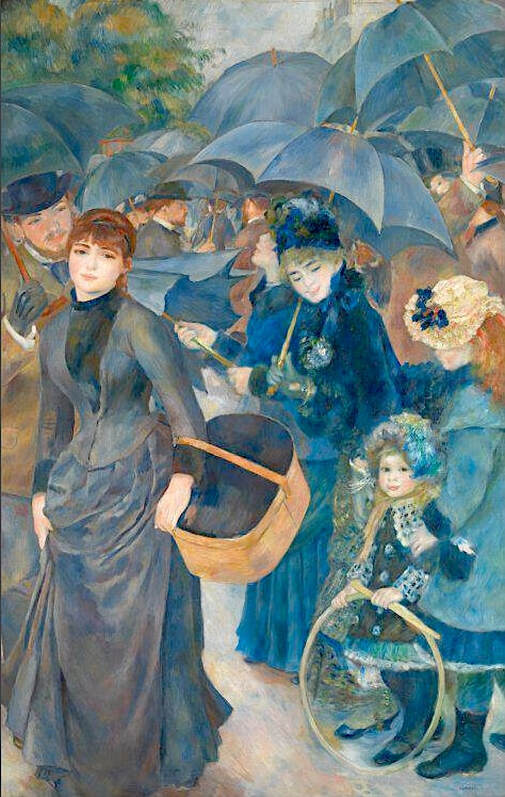

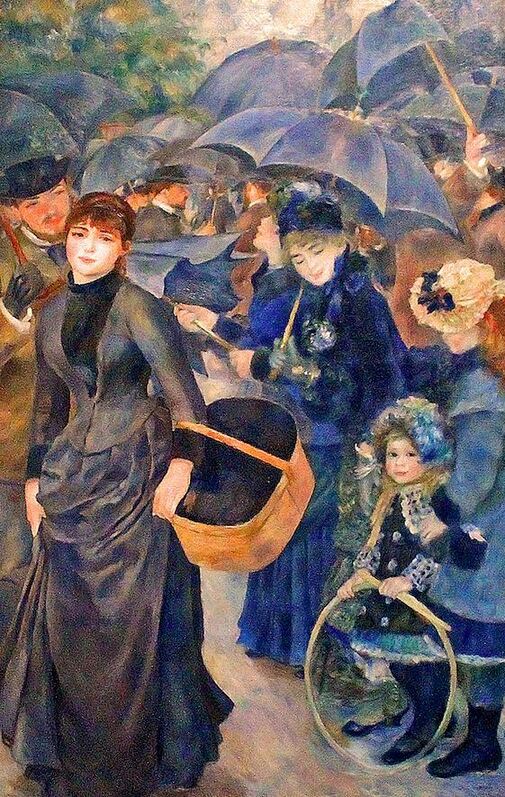
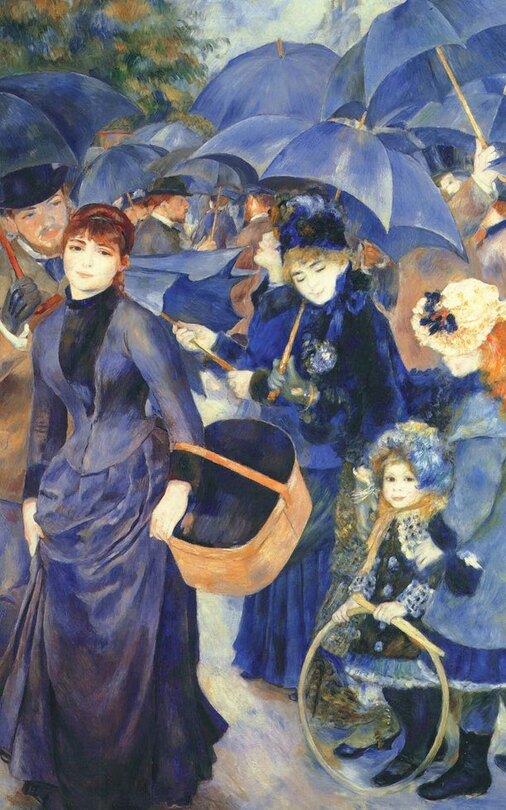
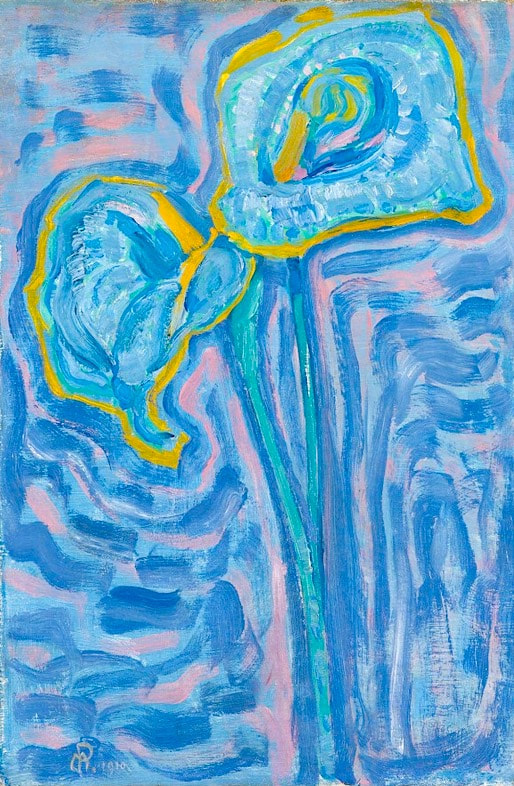
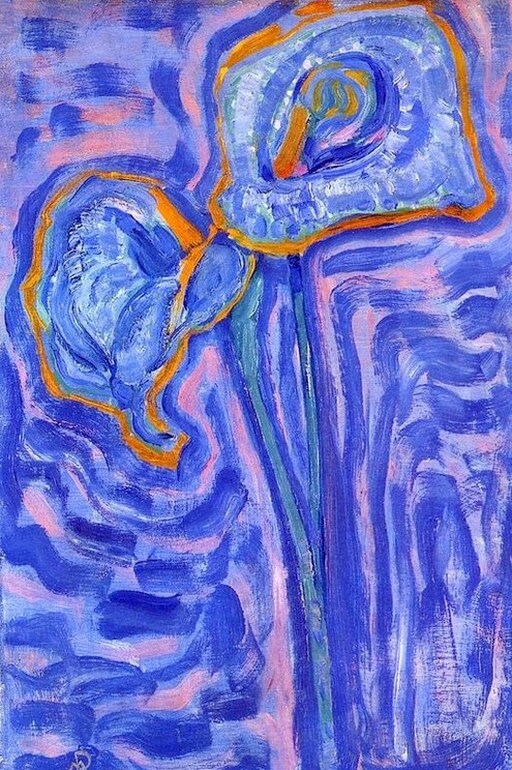
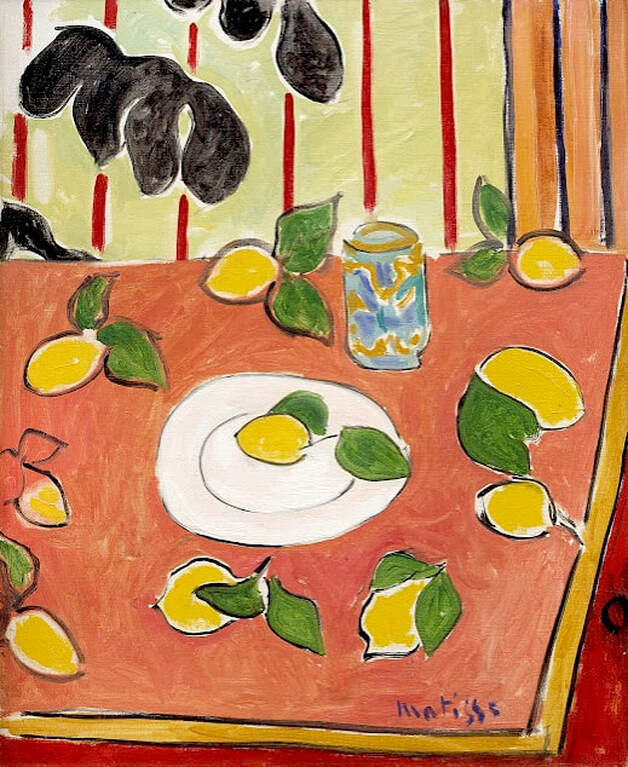
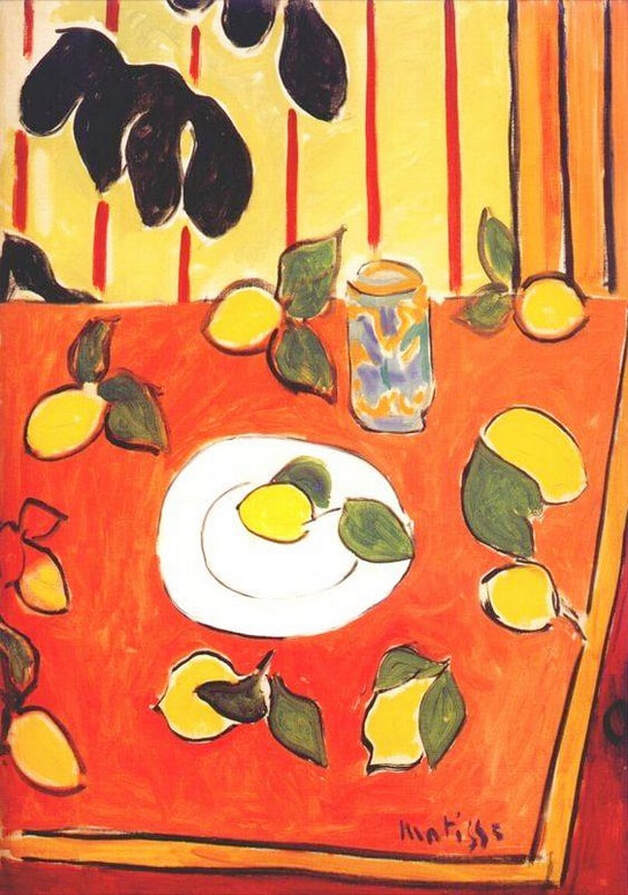
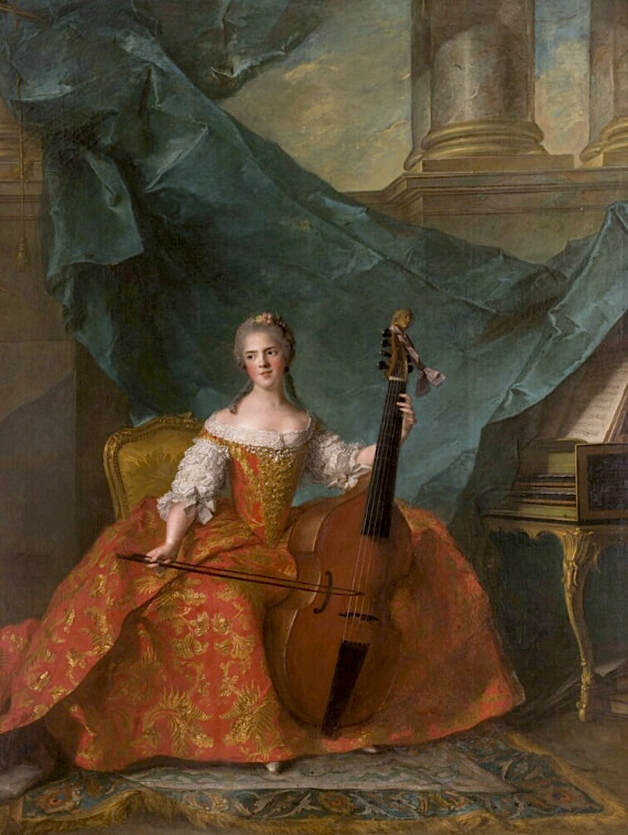
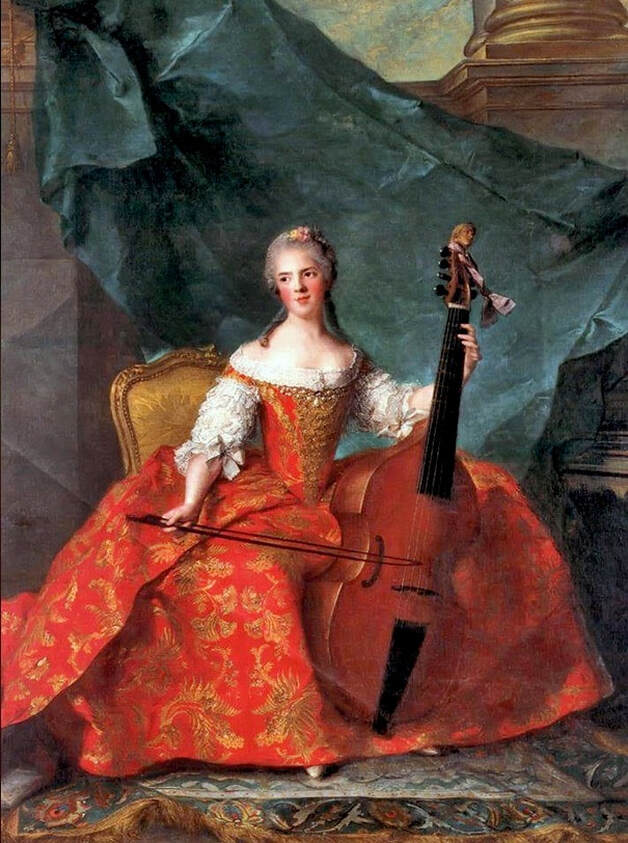
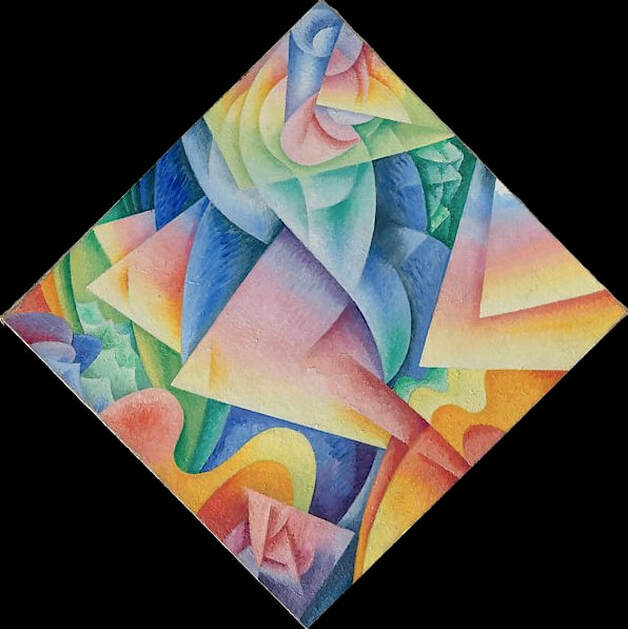
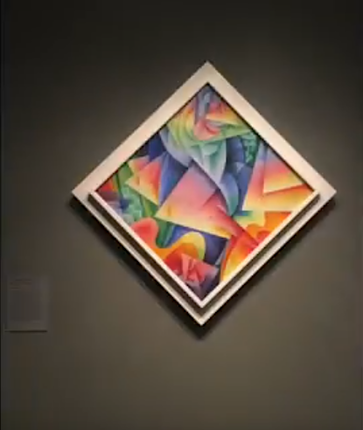
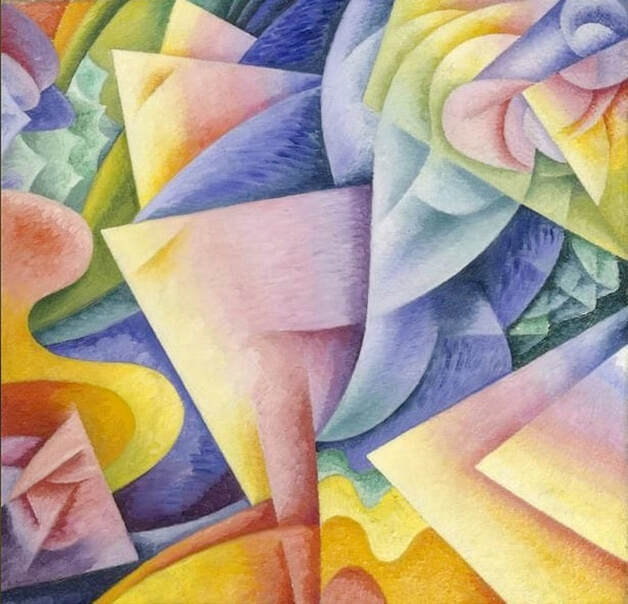
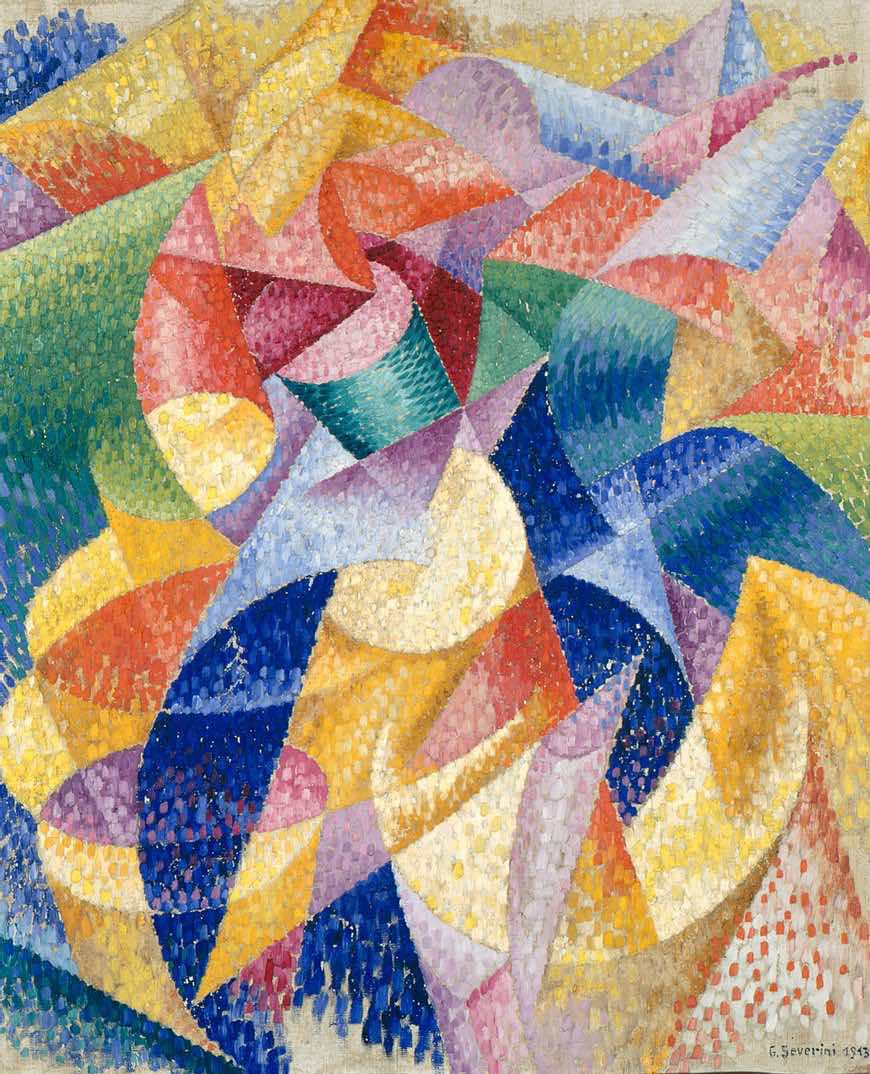
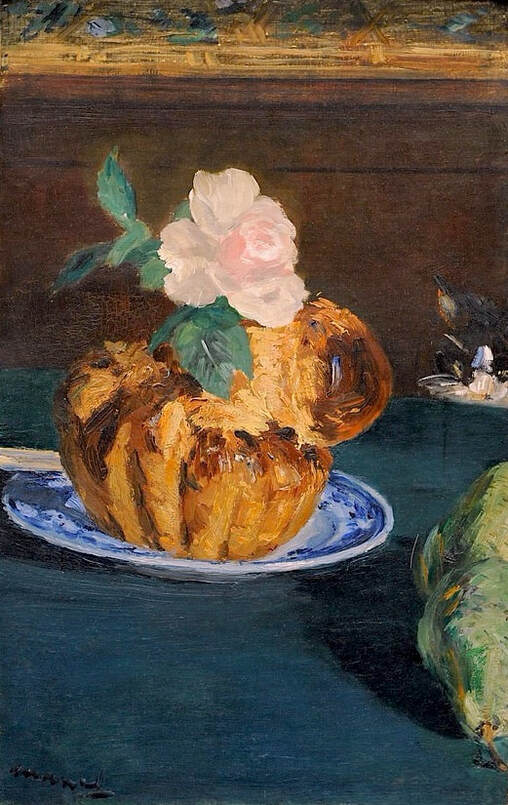
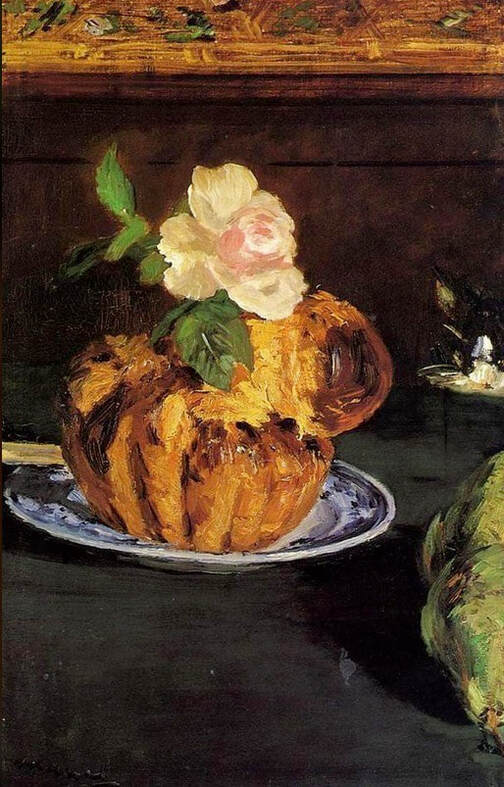
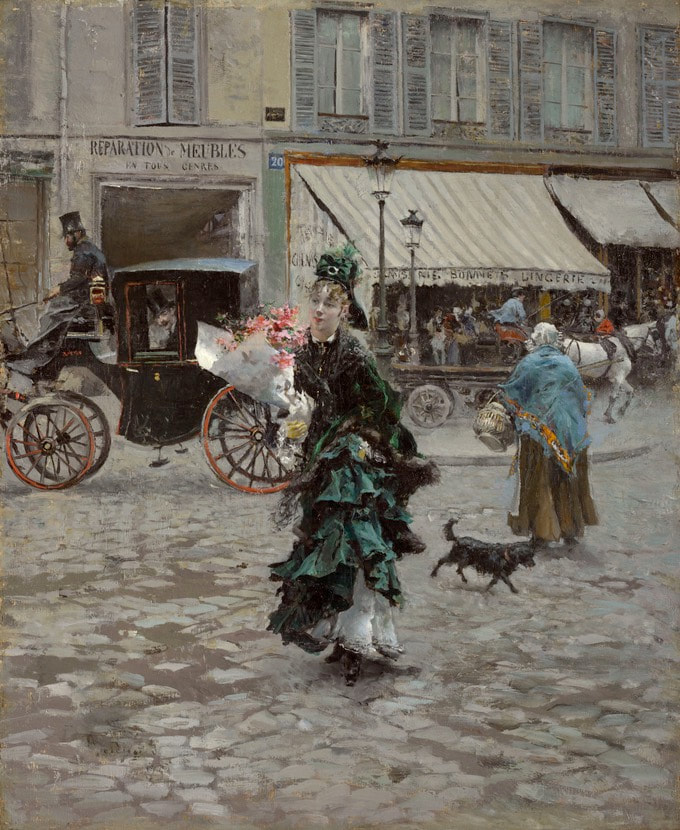
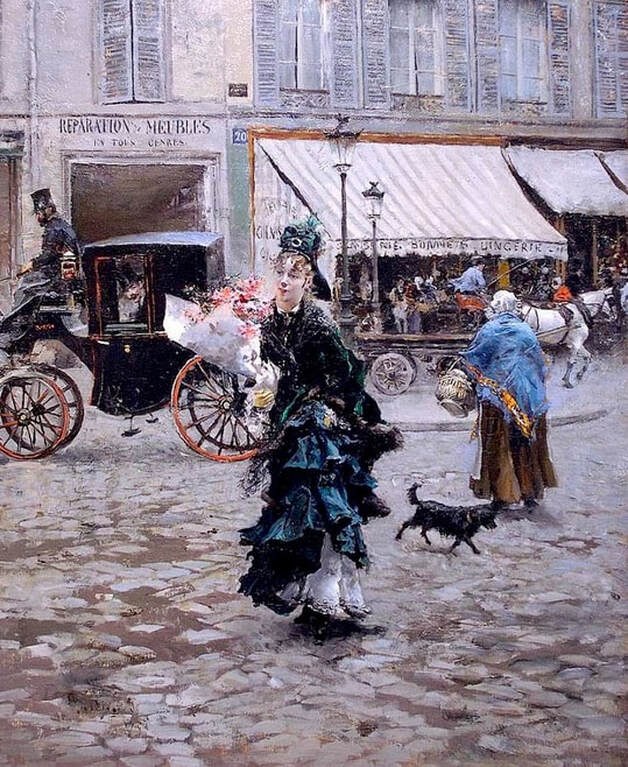
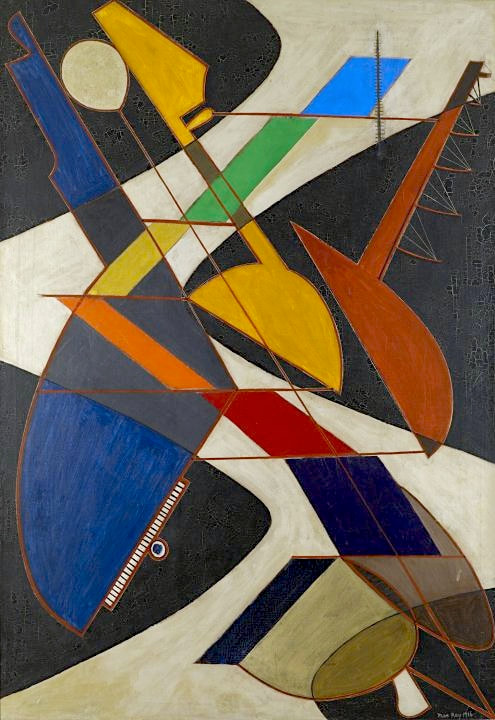
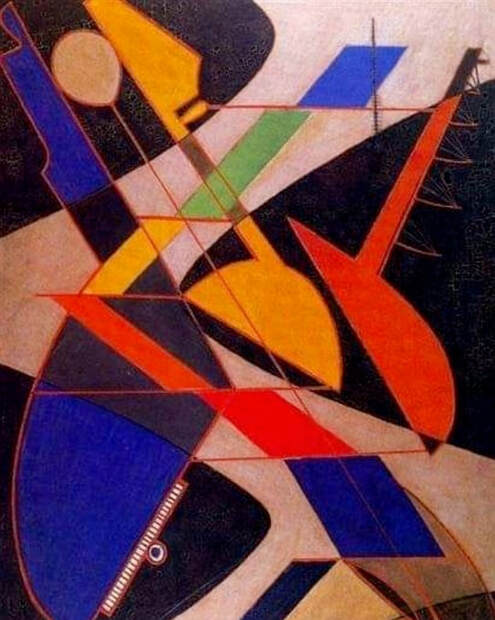
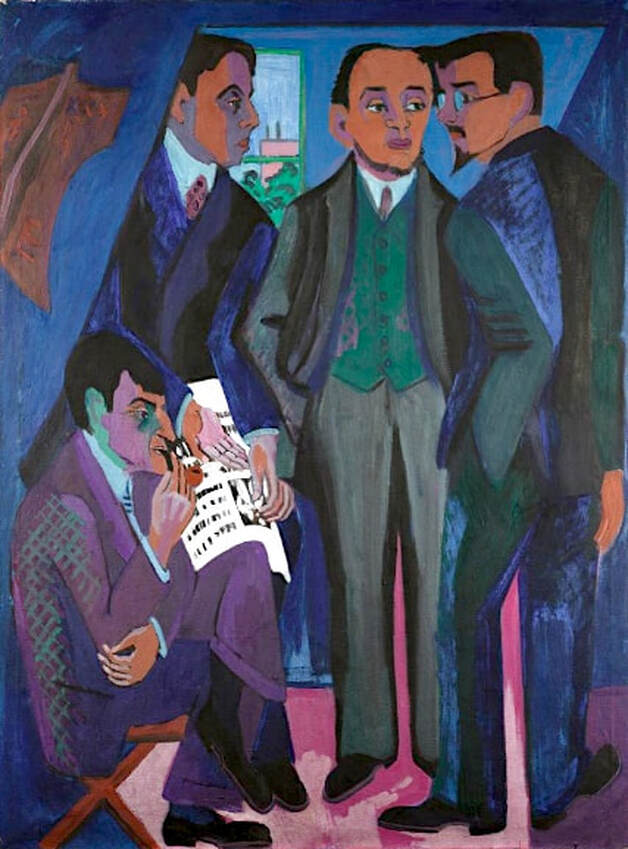
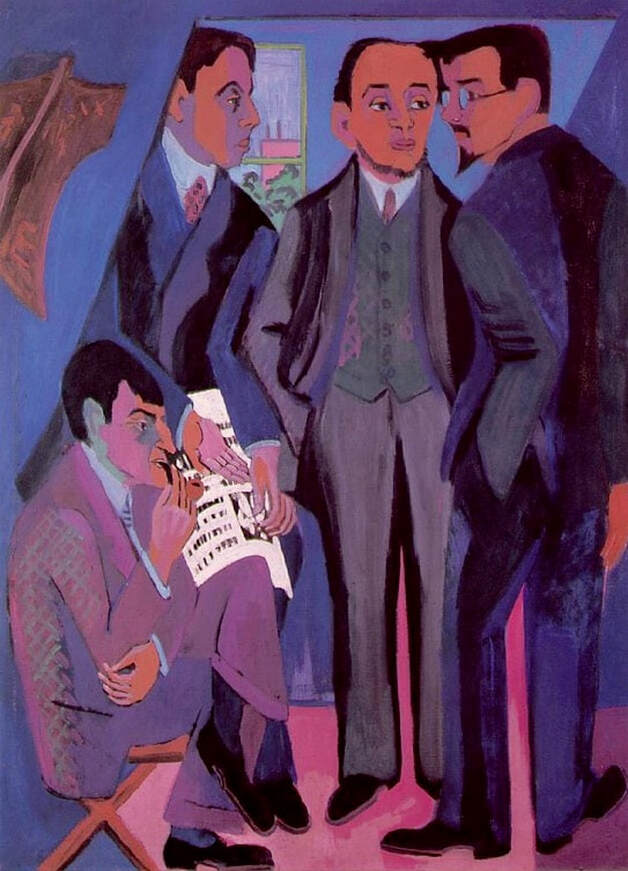
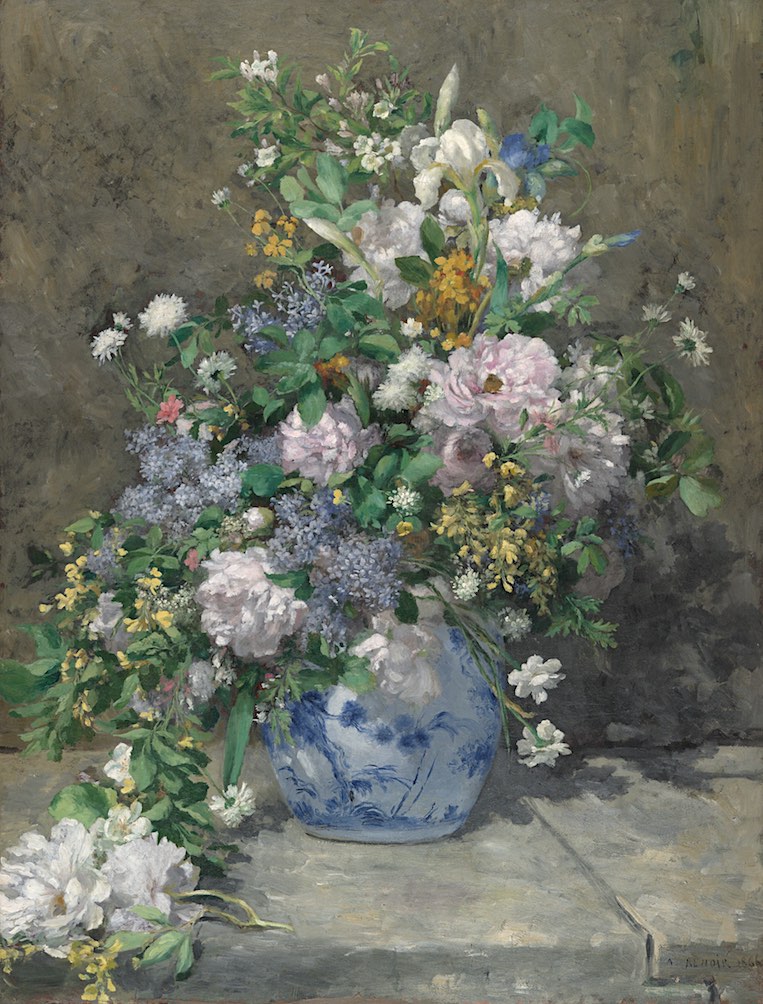
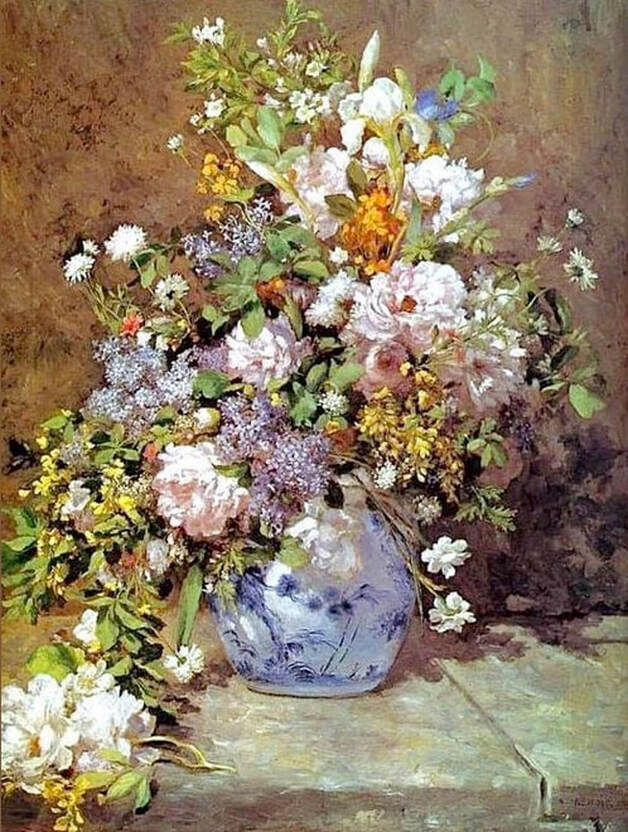
 RSS Feed
RSS Feed